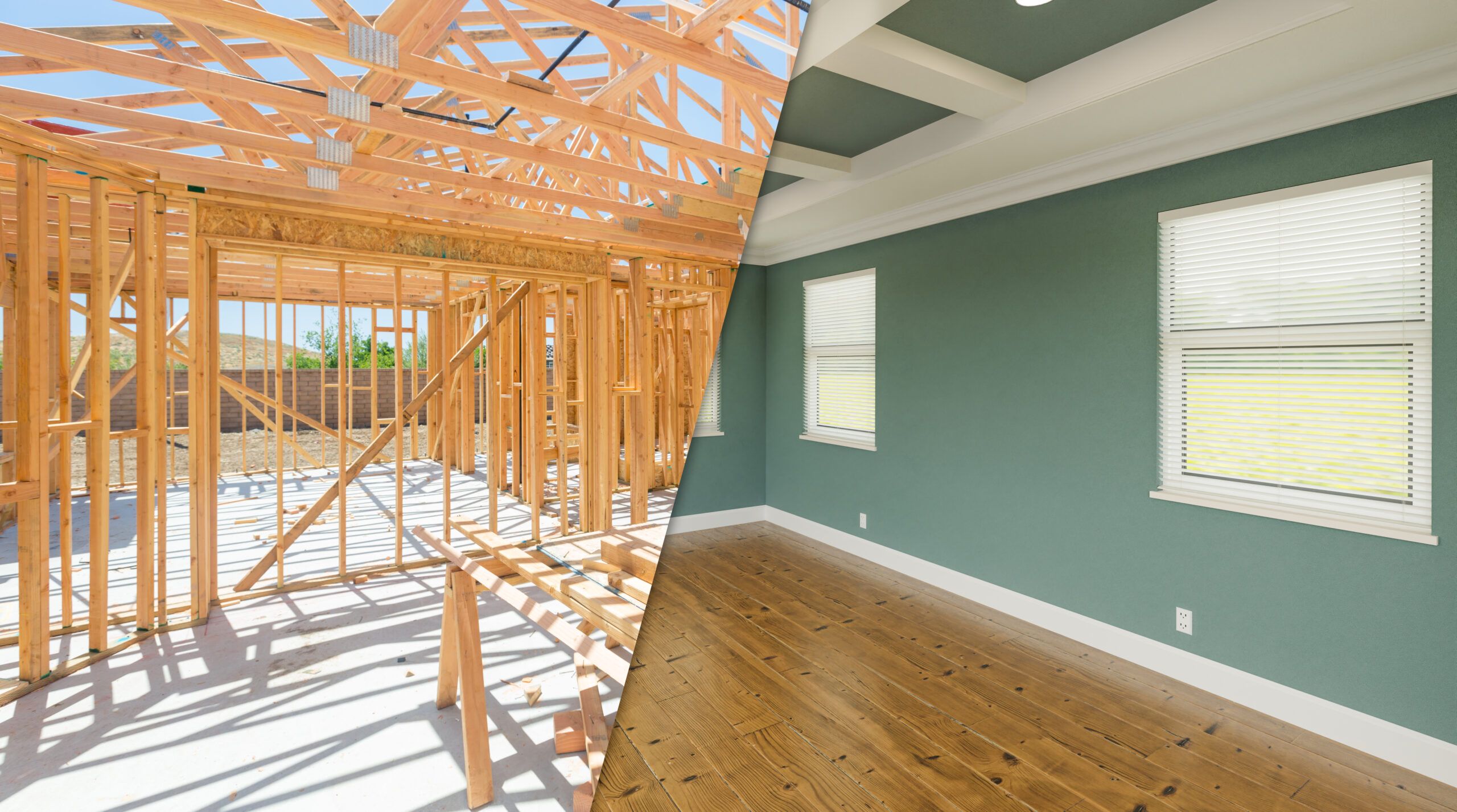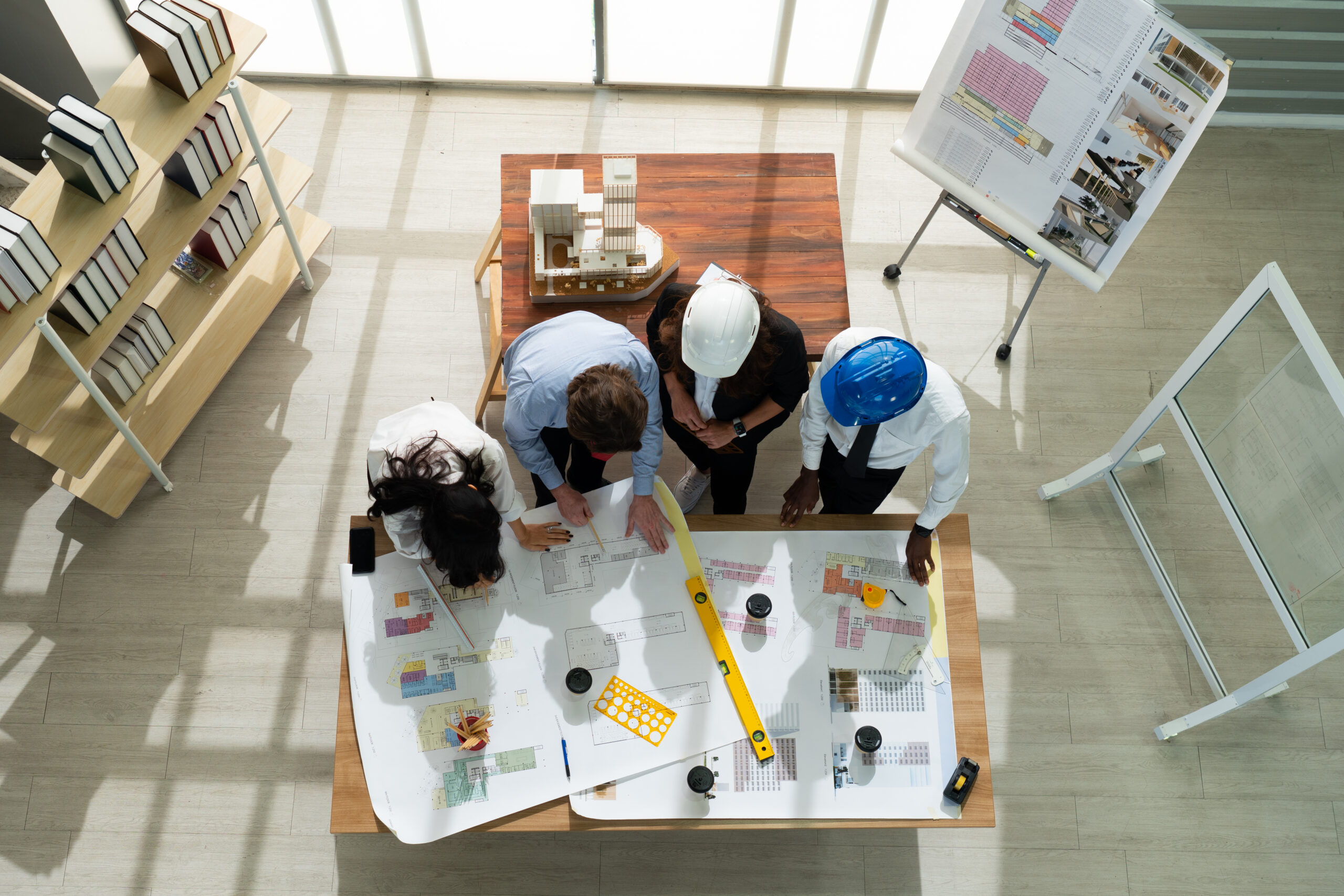Design project management is a crucial aspect of overseeing the successful implementation of an interior design project. It involves coordinating various elements, managing timelines, and ensuring the design vision is executed accurately.
Here’s an outline of the key components of design project management, especially in the context of on-site monitoring:











